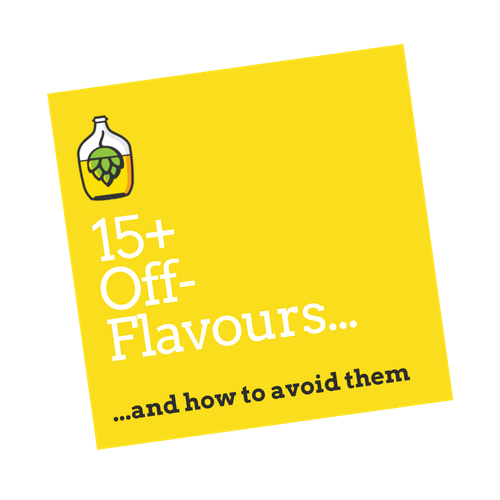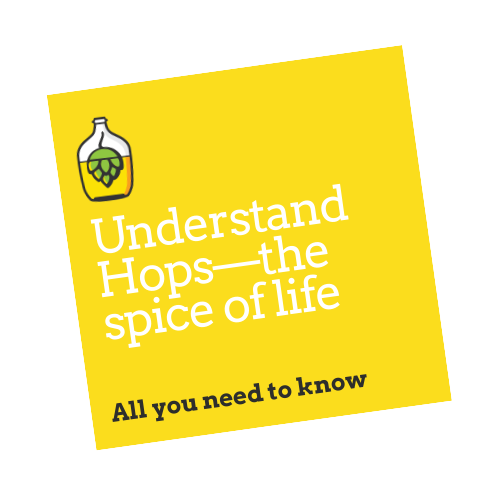
The Complete Recipe Collection
With more than 40 all-grain recipes covering a range of styles, there’s something here for all tastes and all levels of experience. This free PDF contains all of my 1-gallon recipes in a convenient booklet. It’s a great resource for new and experienced brewers looking to make small-batch beers at home.

The Ultimate Beginner’s Guide
In this free PDF, we’ll cover some tips and tricks to make your first brew day a breeze. It’s for anyone who wants to get started brewing quality beer. This guide is actionable. By the end of it, you’ll be ready to order your equipment and ingredients, with the confidence to start brewing right away. I’ve compressed years of brewing experience into seven short sections. You will gain an understanding of the whole art of brewing from start to finish and join the ranks of a passionate community of home brewers.

The Complete Beginner’s Equipment List
To make amazing beer, you’re going to need to boil and ferment your ingredients with some basic equipment. If you’re just starting out, and aren’t sure if you’re ready to commit to this hobby, I have good news for you: you don’t need an extensive collection of gear to get started

How to fix off-flavours
As you learn to brew craft beer, you want to quickly become acquainted with potential off-flavours. In a perfect world, every single batch you make would be flawless. Chances are, however, you’ll eventually make a mistake. We’ve all had a bad batch of beer from time to time. It happens. Of course, there’s a difference between a beer that underwhelms and one that offends. Usually, you’ll know right away if your beer is off. Trust your taste buds and your gut. But, sometimes, it helps to confirm your suspicions. Let’s look at all the possible off-flavours you could come across.

The Ultimate Yeast List
Well hops tend to be get all the glamour and attention these days, I strongly believe that the real stars of the show—what makes beer fascinating, delicious, and perhaps even nutritious, is yeast. And to think that humans brewed for thousands of years before we truly understood the critical role yeast plays in making our favourite concoction. I for one, love brewing with all types of yeast strains. Tasting the difference from one strain to the next can be such a fascinating way to explore beer. If that’s your thing, browse through my massive list of yeasts to pick the perfect one for your next brew.

Beer style guides
Sometimes, to perfect our beer, it can help to understand the history of that style and its characteristics. While styles are by no means regulatory by any stretch of the imagination, they serve as rough guide posts for us to follow, or be aware of as we brew.

Understand Malt: Beer’s Soul
It’s so obvious to say, but without malt, you can’t have beer. In a world obsessed with hops and funky yeast strains, it’s easy to forget how crucial this ingredient is. Malt is to beer what honey is to mead; what apple is to cider. Without malt, you can’t make beer. Get to know this most important of ingredients with my detailed but easy-to-follow explainer

Understand Hops: Beer’s Spice Mix
While beer has been around for more than 5,000 years, hops date back only 500 years. Before Cascade and Citra were household names, brewers resorted to herbs, plants, and potions to counter the overbearing sweetness of malt. It took until the 1500s before hops caught fire. Now, we include hops as one of the four baseline ingredients needed to make beer. The reasons now seem so obvious.

Understand Water: Beer’s Body
Water plays a huge role in the quality of our final product, from the very start of the brewing process, through to the final taste. The various minerals and salts we find in water can add desirable or undesirable flavours to our beer. Water plays a crucial role in helping us craft good beer, so we should take the time to better understand it. I’ve got you covered with this primer
